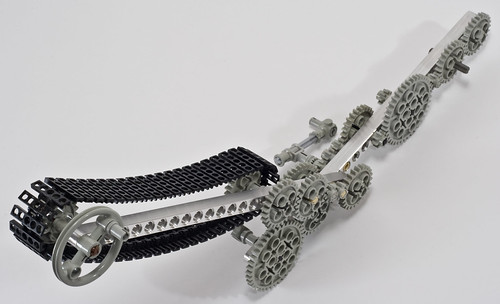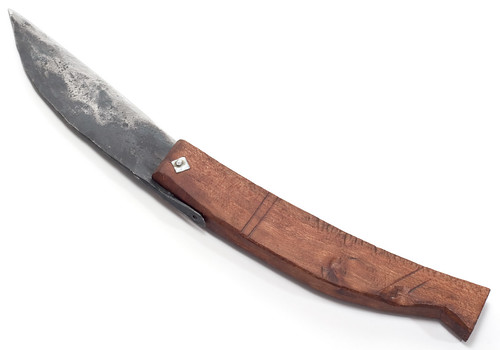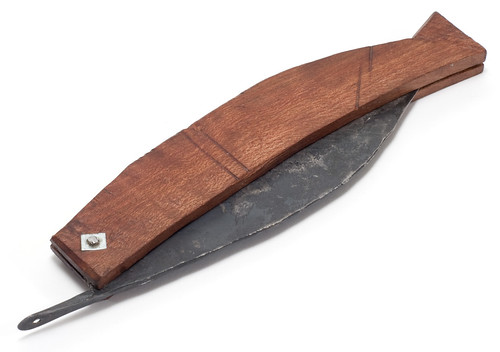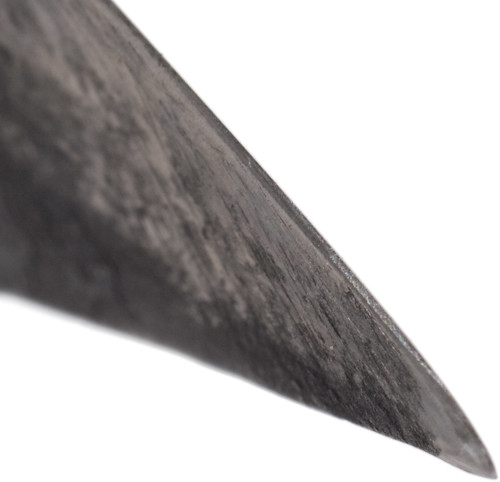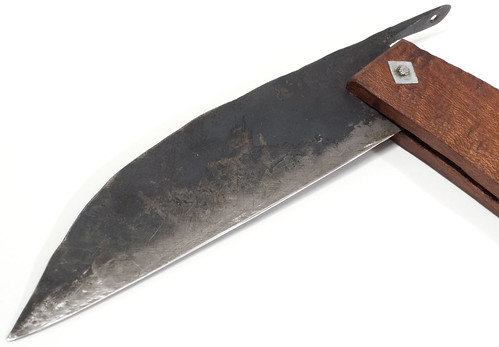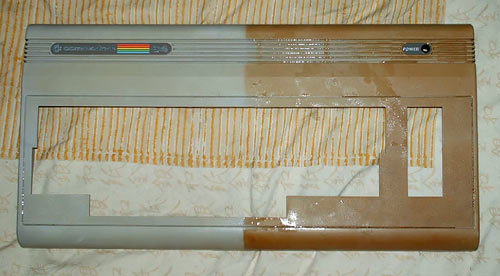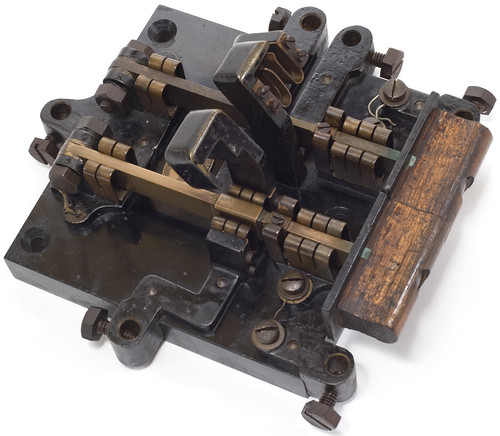The moment I discovered that "Inanimate Reason" sell Lego-compatible components machined from aluminium, I knew I had to get at least a couple of pieces. If only to gaze upon, and sigh happily.
The two long beams are aluminium; the other pieces are standard Lego.
As you can see, everything fits. The holes are the right diameter and have the right little rebate around the edges; they're distinctly tighter to push pegs through than standard ABS pieces, but everything works as it should, and axles don't bind.
If you're a Lego purist, of course, then it is heresy to use "compatible" pieces of any sort - even Mega Bloks, the best of the usually-woeful Lego clones. It's a sin even worse than gluing pieces together (though probably not as bad as cutting them up). And if you're making something to enter in some sort of Lego contest, then non-Lego parts probably break the rules.
But if all you want to do is make cool things out of Lego, and you need, for instance, some long beams that won't bend as much for robot frame rails or something, these things are great.
(If you make large structures out of normal Lego, you have to use engineering skill to work around its limitations, which is a very educational exercise. Plastic in model-crane scales works not unlike steel in real-crane scales, so it takes real skill to build a huge crane or bridge (or, yes, short-lived house). Or, at least, a great deal of good old pre-scientific trial and error. But if you just want to knock together a chassis for a Lego Roomba or something, and no offensively gigantic Lego piece suits your needs, aluminium pieces are just what the doctor ordered.)
Inanimate Reason's products aren't even very expensive, by the standards of custom-machined gear. The smaller pieces only cost a few bucks each; my two 25-stud-length, 25-hole "liftarm" beams - the longest Inanimate Reason currently make - were $US11.99 each, plus a modest shipping fee.
The 25-length beams are not just stronger, but also about ten studs longer than any plastic beam Lego have ever made. I think the longest modern "studless" beam is the 15, unless you count the oddball 11-Duplo-stud-long one that came with this brilliant set. The longest old-style beam-with-studs is the 16. (And just because I know I'll get letters if I don't mention them, this very macho Scala building component is 18 studs long, and this recent bridge-frame piece is a gigantic 31 studs in length.)
Inanimate Reason have a Web shop here, and a BrickLink shop here. (Click "Show All Custom Items" for the metal parts - they sell normal Lego as well.)
Besides ordinary beams, they offer a variety of pieces in shapes and/or hole configurations that Lego don't make. You can get curved beams, beams with an even number of holes, holes with varying spacing to allow otherwise-impossible gear arrangements, beams with lockable hinges in the middle, heavy-duty shafting and gears for high-power drive applications, and adapters to let you easily use standard hobby servos in Lego machines.
(The abovementioned bizarre Early Science and Technology "Duplo Technic" line offers other possibilities for heavy-duty geartrains, but I think it's impossible to connect the chunky Duplo components to normal-sized Technic, and the sets are so rare and expensive that unless your intention is to force some Lego-robot-sumo contest to change their rules next year, you might as well buy the aluminium pieces anyway.)
Lego is already a surprisingly capable robotics prototyping system...
...but the bendiness of plastic means it can't get anywhere near the somewhat unsettling capabilities of "proper" modern robots.
Today, aluminium beams and drive components. Tomorrow, an all-stainless 8880!
(Or 928, of course.)
UPDATE: And now TechnicBricks has alerted me to the existence of Lego-compatible linear actuators, from this company. They integrate a motor and a linear actuator, come in two lengths, and work with both NXT and Power Functions.
They're expensive, though; one 100mm actuator costs as much as a whole 8294 Excavator.
